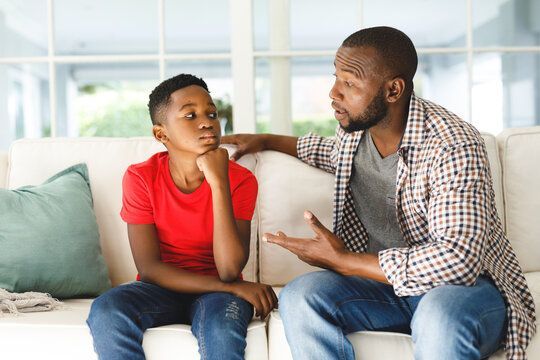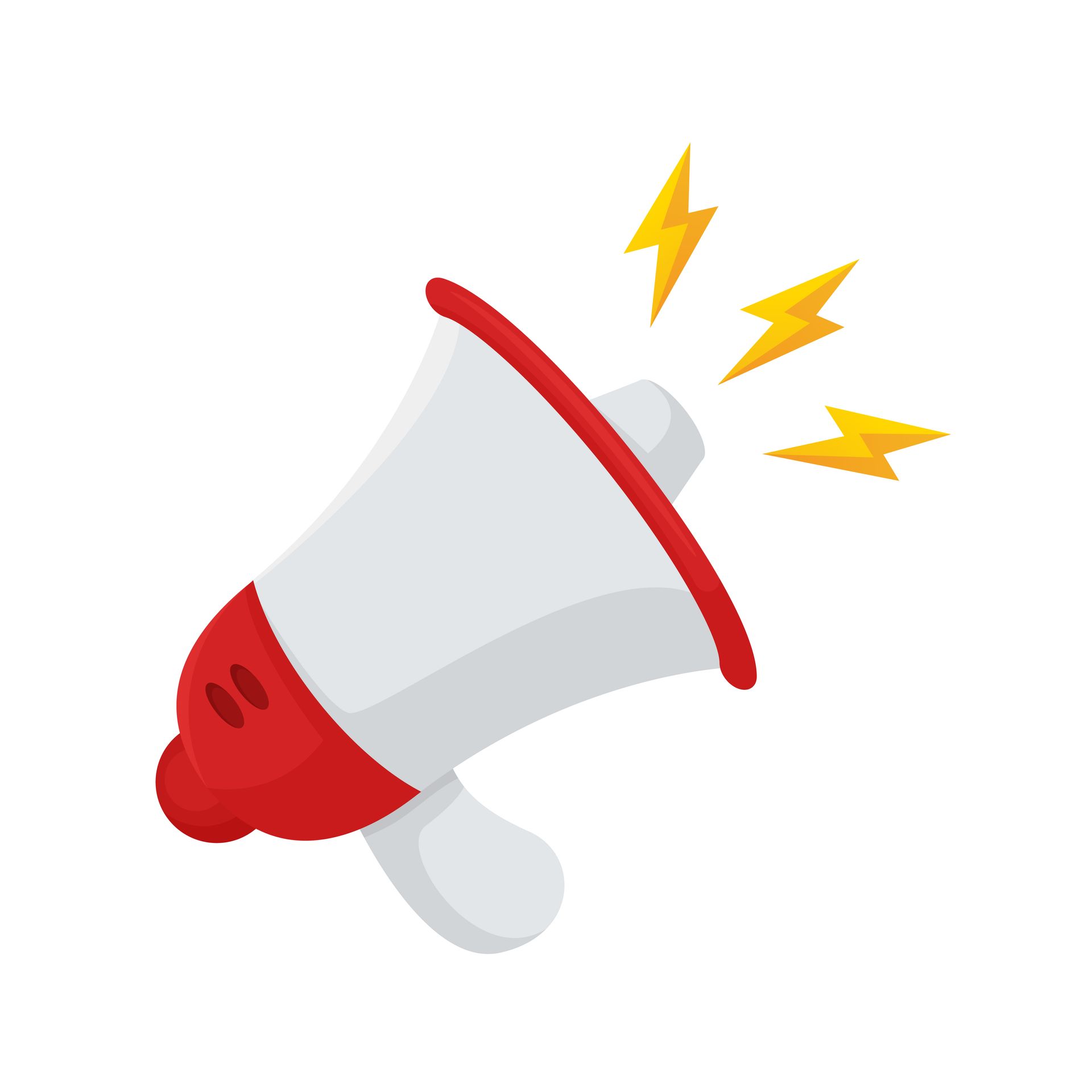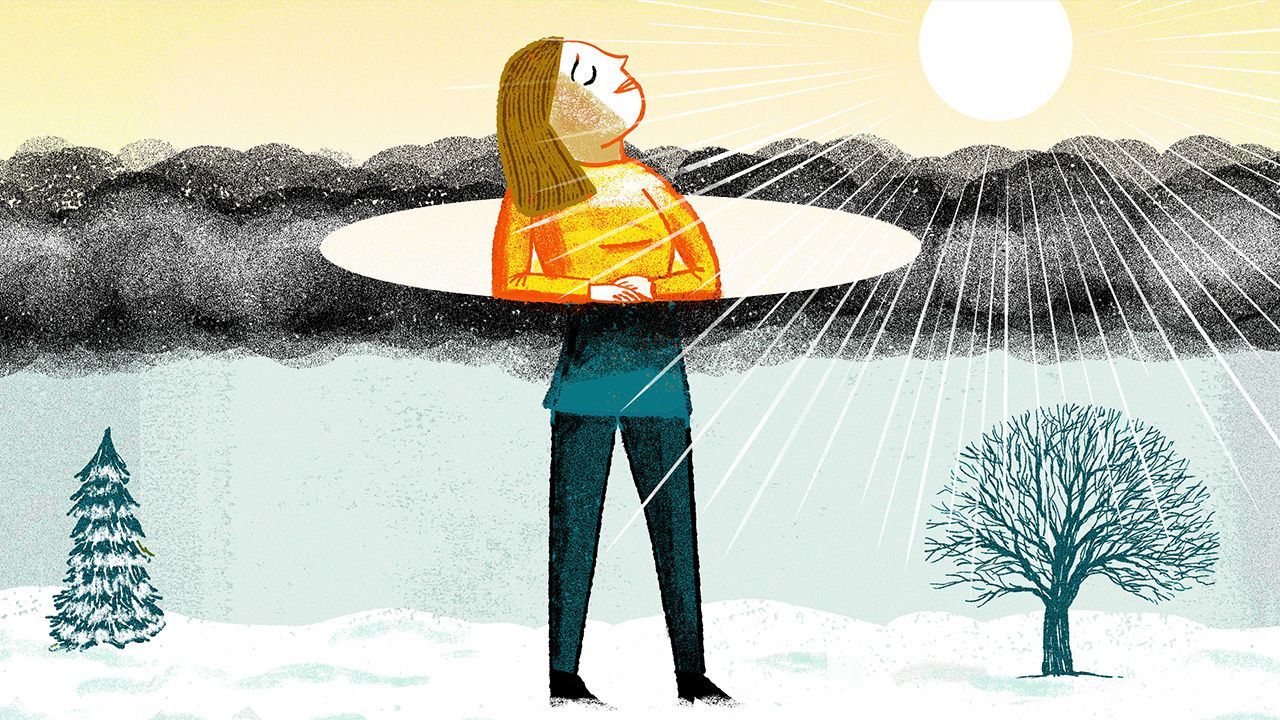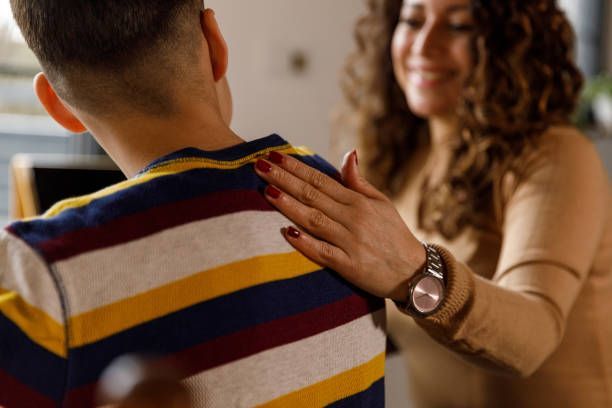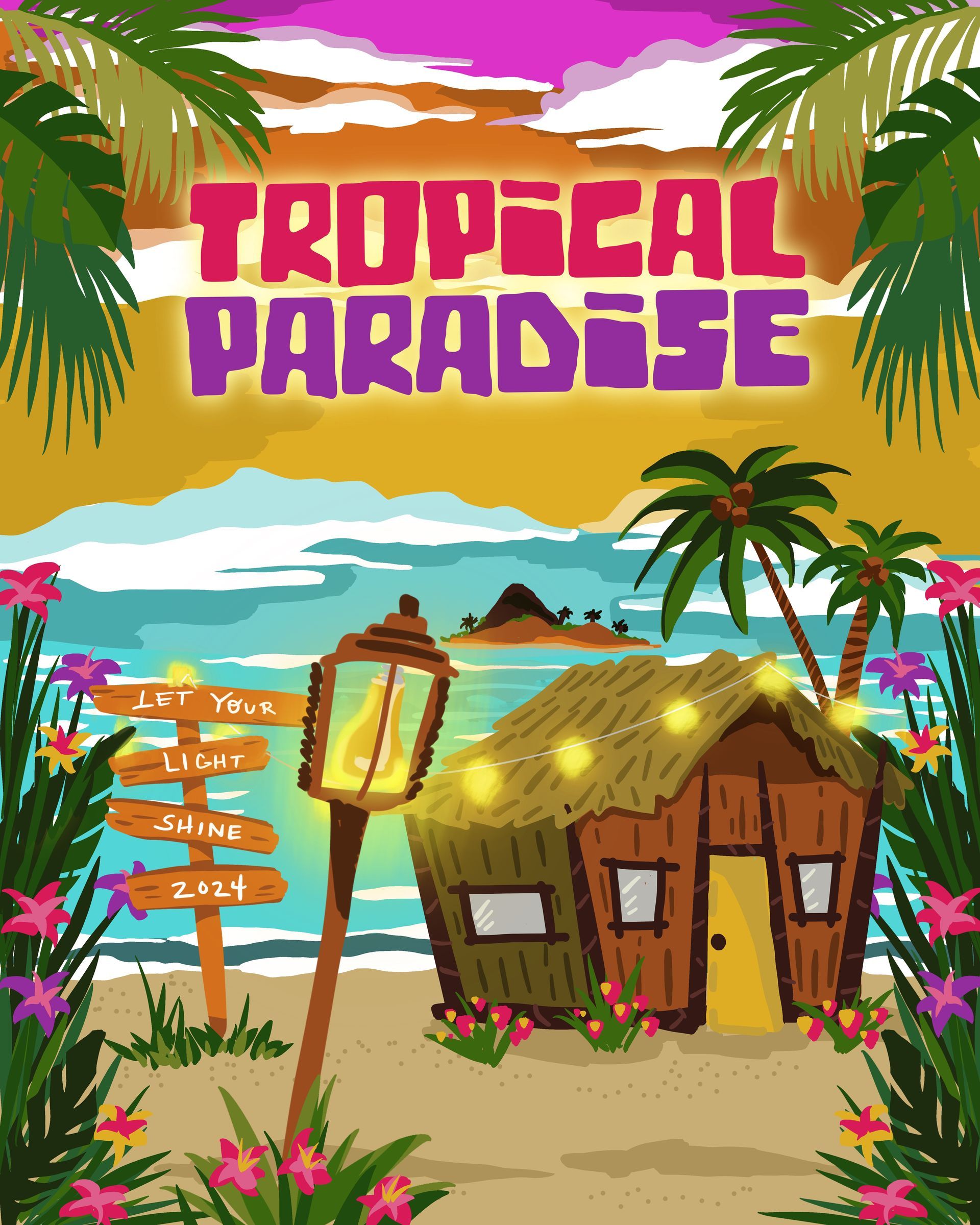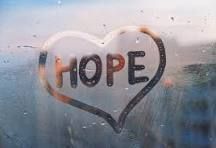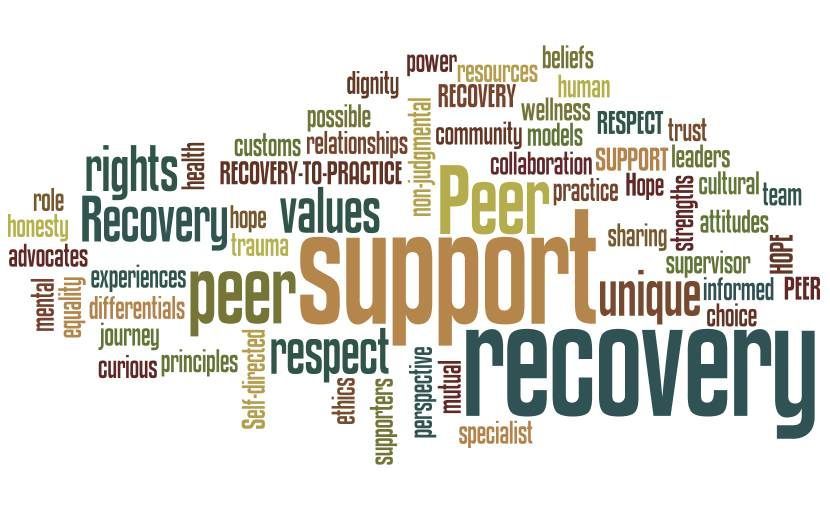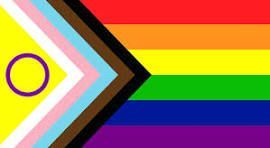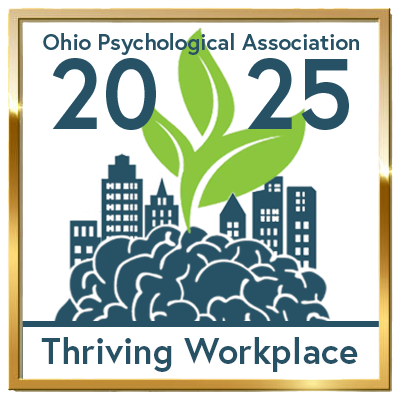Many factors determine a teenager’s path to adulthood. Their own family choices will help chart the course. By law, at the age of 18, adolescents are considered adults and many parents entrust their children at this age to pay for all of life’s necessities by living in their own apartment, buying clothes, holding down a job and having transportation.
Depending on the family dynamics and upbringing, some teenagers are not ready for the challenge or responsibility. Child and Adolescent Behavioral Health (C&A) provides services to help teenagers transition to adulthood, which is tough under the right circumstances.
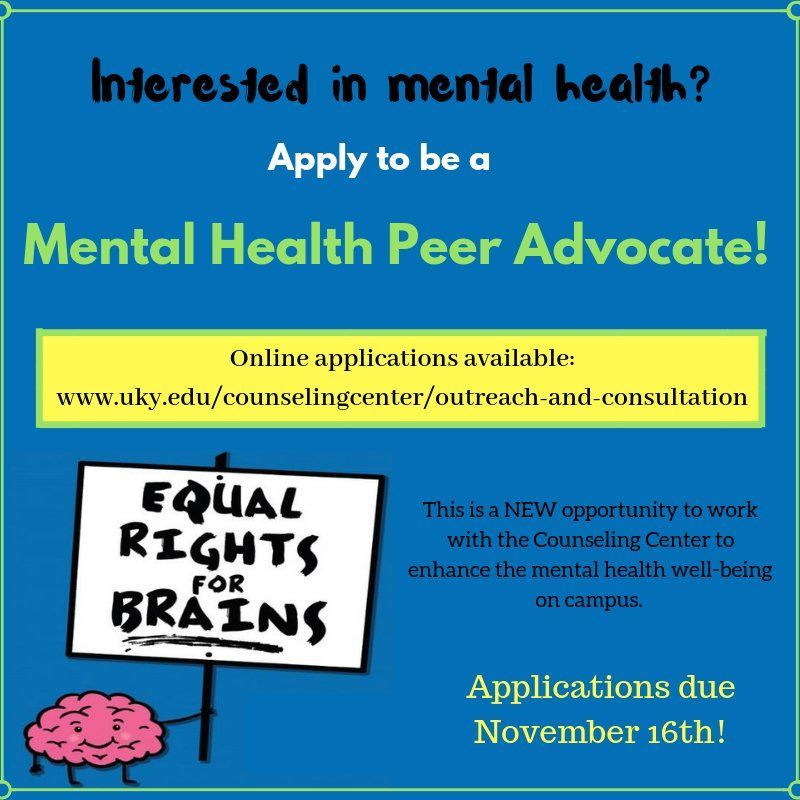
C&A’s Peer Advocate Program serves teens in a non-traditional way. The Peer’s role is to provide support in any area that a client is in need of help to assist and eliminate barriers, providing support to better manage stressors, build Independent living skills, increase knowledge of community resources and to promote self-care. What makes the Peer’s services unique is that they possess lived experiences, either in dealing with mental illness or having been in recovery for substance abuse issues, as part of a requirement of their job. The Peer, having successfully worked through such lived experiences, can serve as supports for those who are currently trying to manage the struggles of such issues and can add an element of support and hope that only someone who has battled these issues themselves can provide.
Peers typically see clients between the ages of 14 to 19 and in some cases up to the age of 24. Appropriate clients for the Peer Program will be those who would benefit from the assistance or support of someone that they feel knows first-hand what some of their barriers are and can assist them with overcoming these barriers to successfully become independent, healthy functioning individuals. These clients may need assistance with things such as finding resources, getting a job, enrolling in an education program, learning to ride the bus, cooking meals, budgeting and paying bills, opening and managing a bank account, helping the establish a support network, development of leadership skills, coping effectively with stressors, knowing how to ask for help and who to ask, and communicating effectively with family or peers to name just some of the roles of a Peer Advocate.
C&A offers the only Peer Advocate Program in this area. There are other Peer Programs, but they function more as mentors who have some experience in an area that allows them to be of help to a client. Peer Advocates not only have lived experience, but also have to have 40 hours of specified training as well as 3,000 hours of Peer support experience to become state certified. They serve as a bridge between a client and service providers to facilitate the medical and psychosocial care of the client.
The Peer program was created as outreach of C&A’s Transitional Program. The peer program is funded through Stark Mental Health and Recovery (StarkMHAR) and United Way. C&A started out with one Peer Advocate and has grown to include two Peer Advocates – Jonny Rice and Max Doll.

Clients who receive Peer services are not limited in the amount of Peer services they receive and they receive services based on their level of need. Most client’s have weekly or bi-weekly sessions with their Peer Advocate, but sessions can be more frequent if needed.
C&A is looking to improve and expand its offering by adding a weekly peer group. Doll, who previously worked at StarkMHAR and helped with peer advocacy, brings valuable expertise to this area. This group will assist Peer clients with skill building as well as networking with other peers who can also provide validation and support. In the past, this group was offered by StarkMHAR and our Peer Advocates assisted with running this group.
If you or someone you know could benefit from a peer advocate, please contact Program Manager Stacey Pancher Rippey at 330.470.4061.
RECENT POSTS
